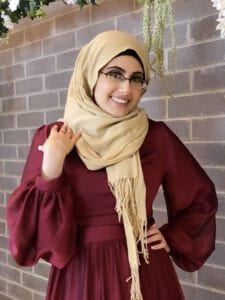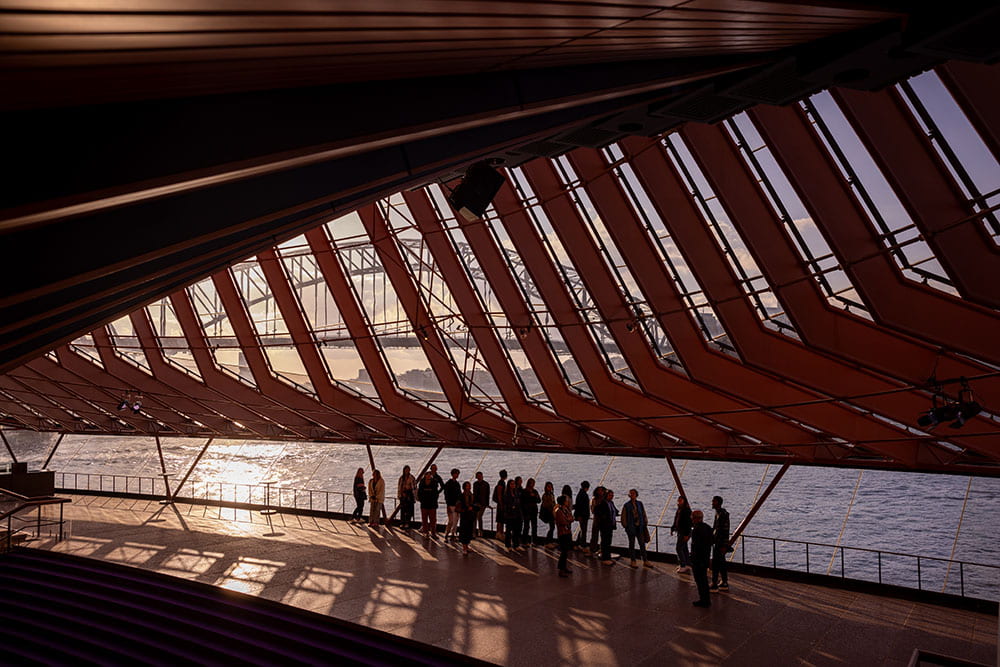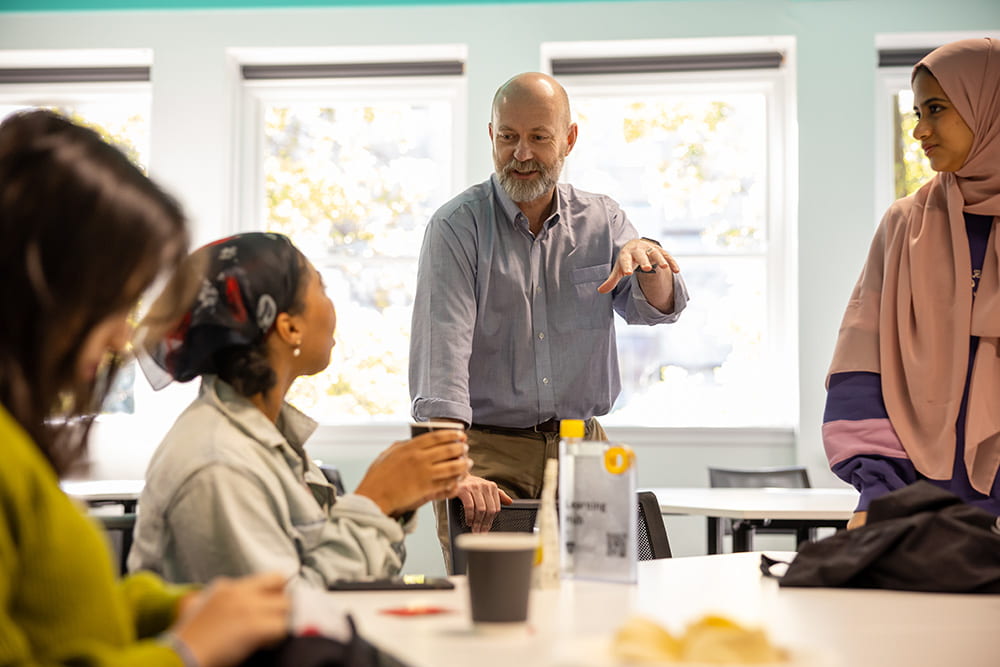NYU London and NYU Paris students recently had the opportunity to go on a volunteer trip to the French port city of Calais. Situated on the Strait of Dover, the narrowest part of the English Channel, Calais is an important transfer point for people who are seeking asylum en route to the United Kingdom. The group of about 40 students supported Care4Calais, a nongovernmental organization that provides refugees with food, clothing, shelter, health care, and legal resources. Students helped out with various tasks, like sorting donations of clothing, food, and toiletries and cooking meals for volunteers. They also toured the Calais Lighthouse and WWII Museum and tasted local cuisine at Au Côté d’Argent.
A Deeper Understanding of the European Refugee Crisis
For Margi DiPietro, a junior Global Liberal Studies major on the prehealth track who studied away at NYU Paris, traveling to Calais was an ideal opportunity to learn in real time the challenges asylum seekers and French citizens encounter. Moreover, she perceived an opportunity to build relevant experiences toward her goal of becoming a doctor for Médecins Sans Frontières. Prior to the trip, Margi gained insight into relevant issues in the course France and Islam. “We learned about the Calais Jungle and analyzed information about immigration in France and the French responses to the refugee crisis,” she says. “I had not realized that there are camps of this scale in Calais, or that refugees are trying to cross the English Channel on boats like you see in the Mediterranean.”
Unforgettable Personal Connections
Kaila Jones, a junior Theatre major studying away at NYU Paris, also joined the trip. Kaila has been volunteering since childhood and describes how taking part in service opportunities while studying away was a chance to find common ground with people who use different languages and come from diverse backgrounds. Care4Calais changed Kaila’s perspective on refugees. “I had some prior expectations and assumptions about what these people would be like,” Kaila admits. “I was surprised to see so many smiling faces, and how people who had so little were willing to give and share with me. Despite everything they were dealing with, they still made room for fun, laughter, and happiness. Seeing that firsthand hit my heart in ways I will never forget.”
The Importance of Education Outside the Classroom
Ahmed Nasri, communications and student engagement coordinator at NYU Paris and one of the trip’s organizers, emphasizes the importance of taking advantage of cultural immersion opportunities while studying away. “The trip offered a transformational shift in perspective that enriched students’ academic journeys, since their theoretical knowledge was grounded in a real world context.” He explains further: “There is a significant difference between learning about a subject theoretically and experiencing it firsthand. This trip to Calais aimed to bridge that gap. While we can absorb information about the refugee crisis and immigration challenge from books and lectures, witnessing it in person amplifies students’ understanding.”
Written by Auzelle Epeneter
























